Flatbed trucks serve as a cornerstone for many industries, making them vital in the transportation and logistics sectors. Understanding what a flatbed truck is, its features, uses, and advantages can significantly improve operational effectiveness and decision-making for businesses and operators.
Defining the Flatbed Truck
A flatbed truck is a vehicle characterized by a flat, open cargo area with no sides or roof. This design allows for the straightforward loading and unloading of goods from any side, making it an ideal choice for transporting oversized items or materials. The flatbed truck’s structure typically includes:
- Flat Deck: The core feature, providing a level surface for cargo.
- Frame: Made from heavy-duty materials for durability and stability.
- Axles: Usually designed to support increased weight loads.
- Towing Capability: Often equipped with hitch systems for trailers.
Key Specifications: A Snapshot
| Specification | Description |
|---|---|
| Length | Typically ranges from 20 to 40 feet |
| Width | Standard width of 8.5 feet |
| Weight Capacity | Can often haul between 10,000 lbs to 48,000 lbs depending on configuration |
| Trailer Types | Single Axle, Tandem Axle, or Tri-Axle configurations |

Diverse Utilization of Flatbed Trucks
The applicability of flatbed trucks spans numerous sectors, which is a driving factor behind their popularity. Let’s delve into various use cases:
Construction Industry
In construction, flatbed trucks are indispensable for transporting heavy machinery, building materials (like plywood or steel beams), and equipment. They facilitate quick loading and unloading with cranes or forklifts. Common items hauled include:
- Excavators
- Concrete Blocks
- Lumber
Manufacturing and Industrial Transport
Manufacturers often rely on flatbed trucks to transfer large quantities of raw materials such as steel sheets or piping. The open design allows flexible loading configurations, maximizing space utilization. The benefits here are evident:
- Efficient Loading and Unloading
- Versatility in Cargo Types

Agricultural Sector
Flatbed trucks play a crucial role in agriculture by carrying farm produce, large machinery, and equipment. Their open design enables farmers to transport diverse goods including hay bales or livestock feed without constraints.
Logistics and Freight Haulage
Within logistics, flatbed trucks are sought after for their ability to accommodate shipments that do not fit standard enclosed trailers. From pallets of goods to furniture, the flatbed truck versatility caters to an array of freight types.
Advantages of Flatbed Trucks
The popularity of flatbed trucks can often be attributed to their numerous advantages, which include:

1. Accessibility and Flexibility
Flatbed trucks facilitate loading from any side. This versatility enables rapid turnaround times in loading and unloading, minimizing wait times which can save money and resources.
2. Capacity for Oversized Loads
The absence of sides allows flatbed trucks to transport oversized items that would not fit in a traditional enclosed trailer. This feature is critical for specialized industries needing to move irregularly shaped cargo.
3. Enhanced Stability during Transport
Due to their design, flatbed trucks can distribute weight evenly across the deck, reducing the risk of tilting or tipping, particularly while navigating challenging terrains.
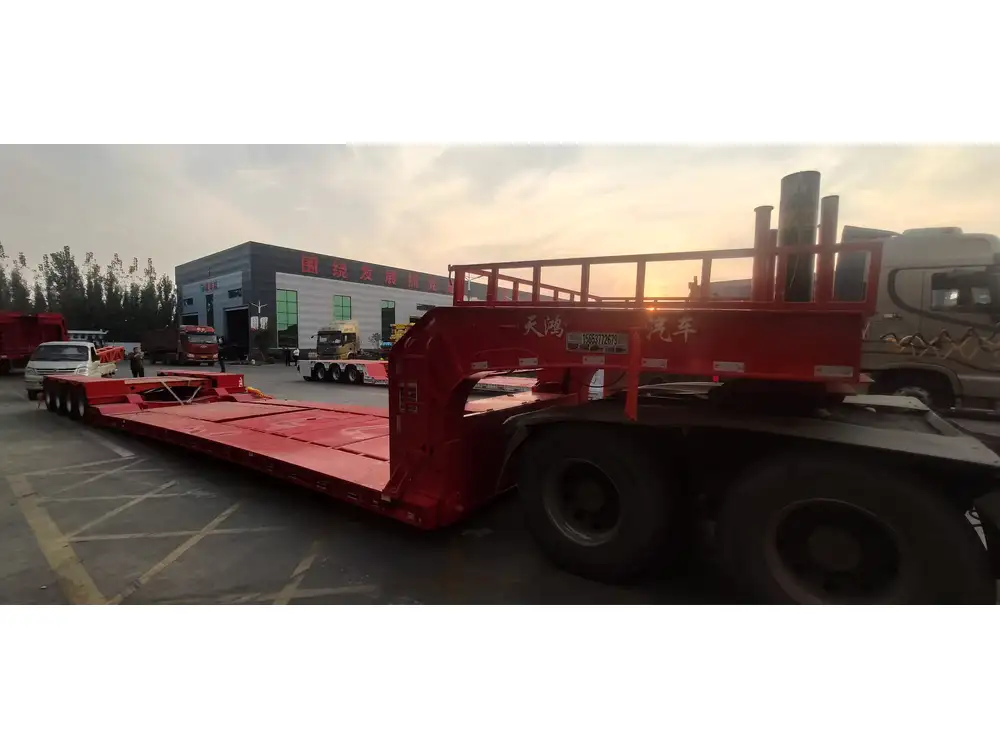
4. Cost-Effectiveness
Flatbed trucks can often handle larger loads, reducing the need for multiple trips, which translates to lower operational costs. Additionally, they tend to have less maintenance compared to enclosed trailers.
Key Considerations When Choosing a Flatbed Truck
Selecting the right flatbed truck for specific needs is imperative. Here are several factors to keep in mind:
Load Capacity and Specifications
Different models of flatbed trucks come with varied load capacities. Always choose a truck that can handle the maximum weight and size of your typical cargo.
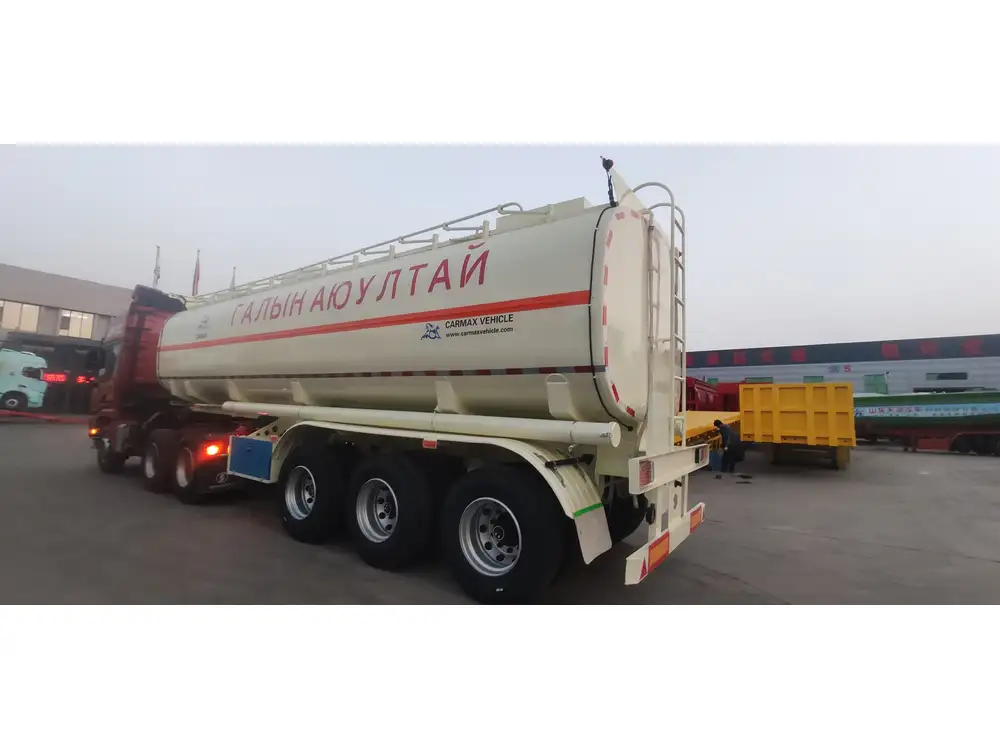
Size and Dimensions
The length and width of the flatbed need to align with the nature of the items you intend to transport. Longer beds accommodate larger loads but consider maneuverability and storage space as well.
Trailing and Towing Needs
If you plan to transport trailers, ensure that the truck has adequate towing capabilities. The hitch system should be compatible with the trailer types you’ll be working with.
Material Quality and Durability
Look for a truck constructed from high-quality, durable materials. A solid build ensures reliability over time, especially under the strain of heavy loads and tough environments.
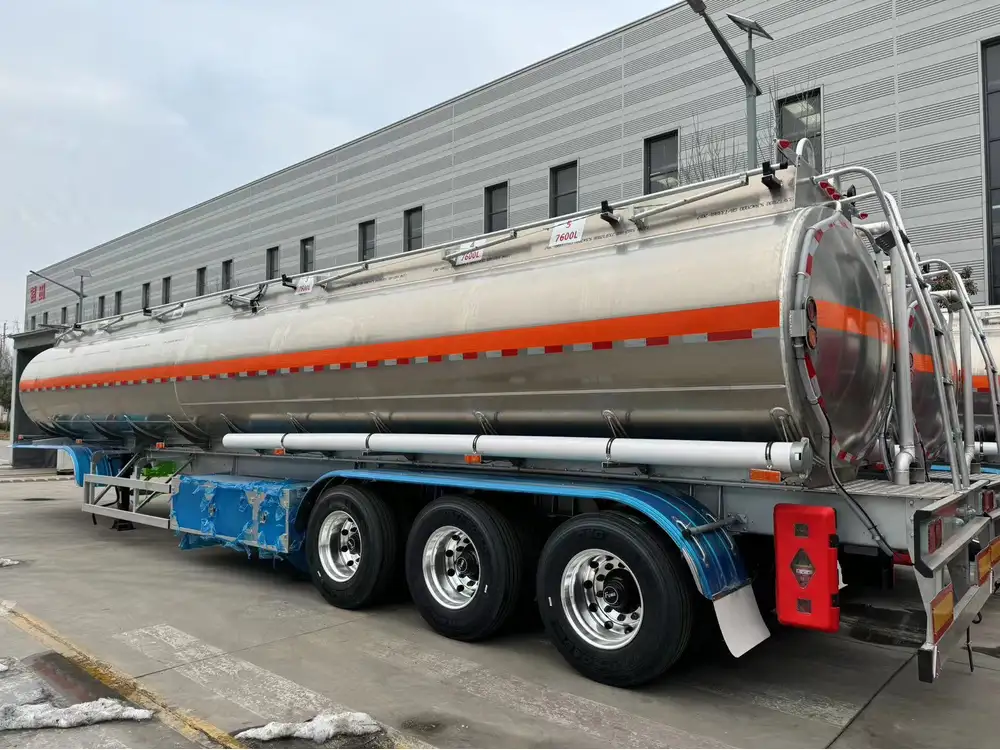
Compliance with Regulations
Make sure that the flatbed truck complies with local and federal regulations concerning load limits, dimensions, and safety standards.
Operating a Flatbed Truck: Best Practices
Operating a flatbed truck requires skill and adherence to safety protocols. Here are some best practices for operators:
Pre-Operational Checks
Before starting any transport, thorough pre-operation checks should be conducted. This involves examining:
- Brakes
- Tires
- Lights
- Tie-down Equipment to secure cargo
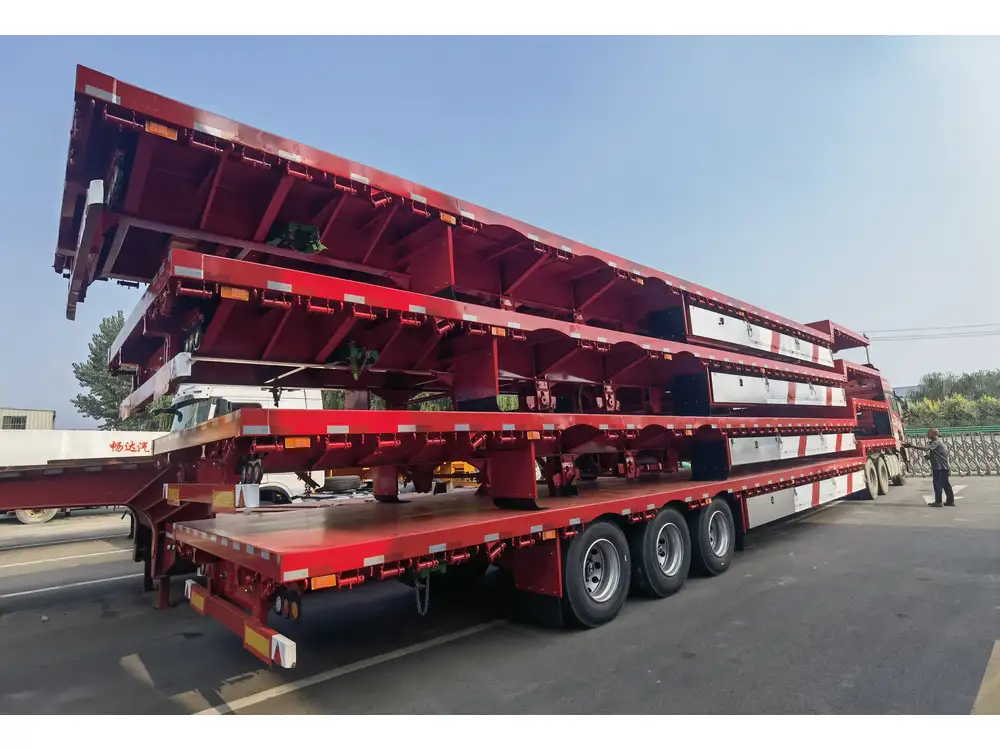
Securing Loads Correctly
Improperly secured loads can shift during transit, resulting in potential hazards. It’s essential to use appropriate tie-downs, chains, or straps. Consider the following guidelines:
- Use Ratchet Straps for heavy loads.
- Employ Edge Protectors to prevent strapping damage.
- Cross-Tie Cargo to enhance stability during movement.
Compliance with Safety Regulations
Adhering strictly to safety protocols is vital. Understand the weight limits for bridges and roads, and ensure all cargo is properly marked and flagged where necessary.
Driving Considerations
Flatbed trucks require different handling than typical vehicles. Understanding how to drive with a heavy load, taking turns cautiously, and maintaining ample stopping distance is crucial for safe operations.

Challenges Involved in Flatbed Trucking
Despite their advantages, flatbed trucking does present challenges:
Weather Impacts
Since flatbed trucks expose cargo to the elements, adverse weather conditions can cause issues such as moisture damage or loss of load integrity. Using tarps and covers can mitigate these risks, but they add extra steps in the loading process.
Legal and Regulatory Compliance
Flatbed trucking often involves navigating a maze of regulations, including permits for oversized loads, weight classification, and driver qualifications. Operators must stay informed about local laws affecting flatbed transport.
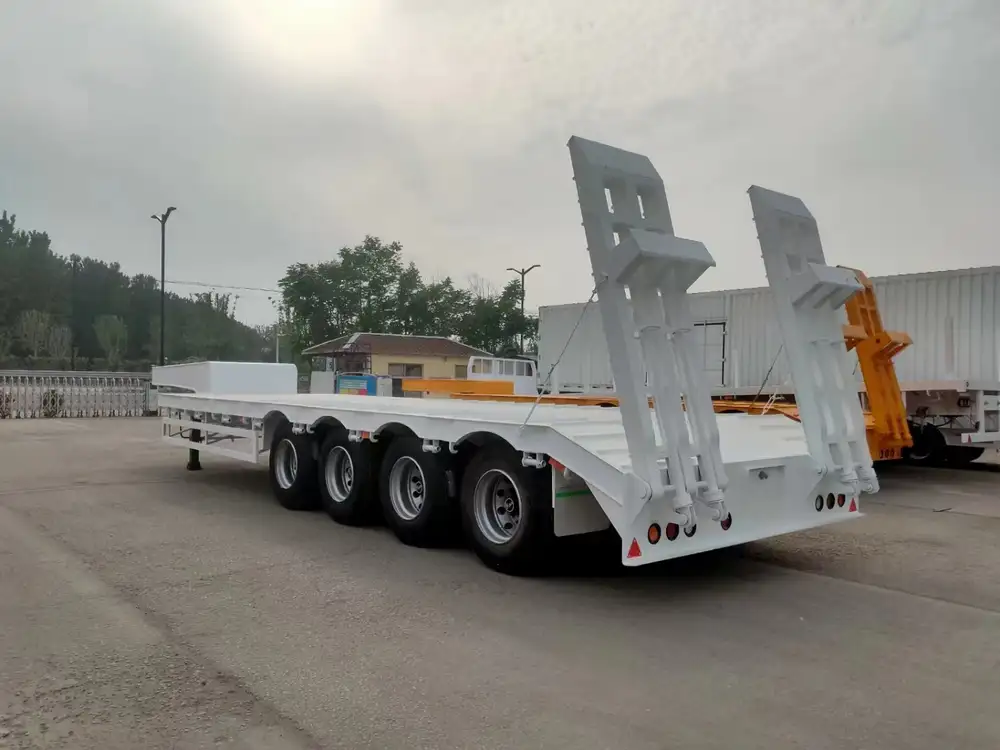
Load Stability and Securement
The open design of flatbed trucks makes securing cargo a paramount concern. Any failure to properly secure loads can lead to accidents or even fatalities, making thorough training essential.
Conclusion: Navigating the Future of Flatbed Trucks
As the logistics and transportation sectors continue to evolve, flatbed trucks will remain indispensable tools for many businesses. Their unique design allows for flexibility and efficiency, catering to a variety of needs across different industries. Operators must focus on selecting the right truck, implementing best practices, and overcoming challenges while staying compliant with regulations to maximize the benefits derived from flatbed trucking.
By keeping abreast of both emerging trends and best practices, businesses leveraging flatbed trucks can remain competitive, ensuring they meet operational demands while enhancing safety and efficiency in transport operations. As we look ahead, investing in quality equipment and training remains vital for maximizing the potential of flatbed trucking within their operational framework.



